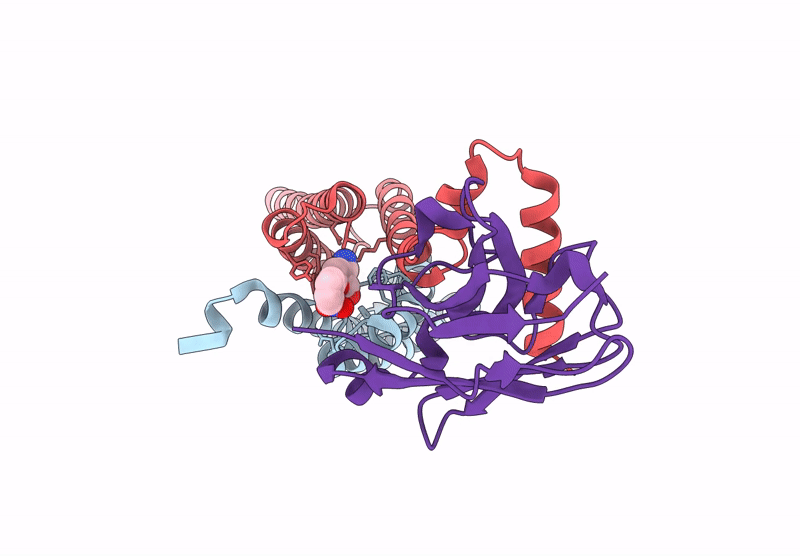
Deposition Date
2024-08-19
Release Date
2025-05-07
Last Version Date
2025-05-07
Entry Detail
PDB ID:
9GIV
Keywords:
Title:
Structure of the human mitochondrial pyruvate carrier inhibited by a UK5099-derivative
Biological Source:
Source Organism:
Homo sapiens (Taxon ID: 9606)
synthetic construct (Taxon ID: 32630)
synthetic construct (Taxon ID: 32630)
Host Organism:
Method Details:
Experimental Method:
Resolution:
3.65 Å
Aggregation State:
PARTICLE
Reconstruction Method:
SINGLE PARTICLE


